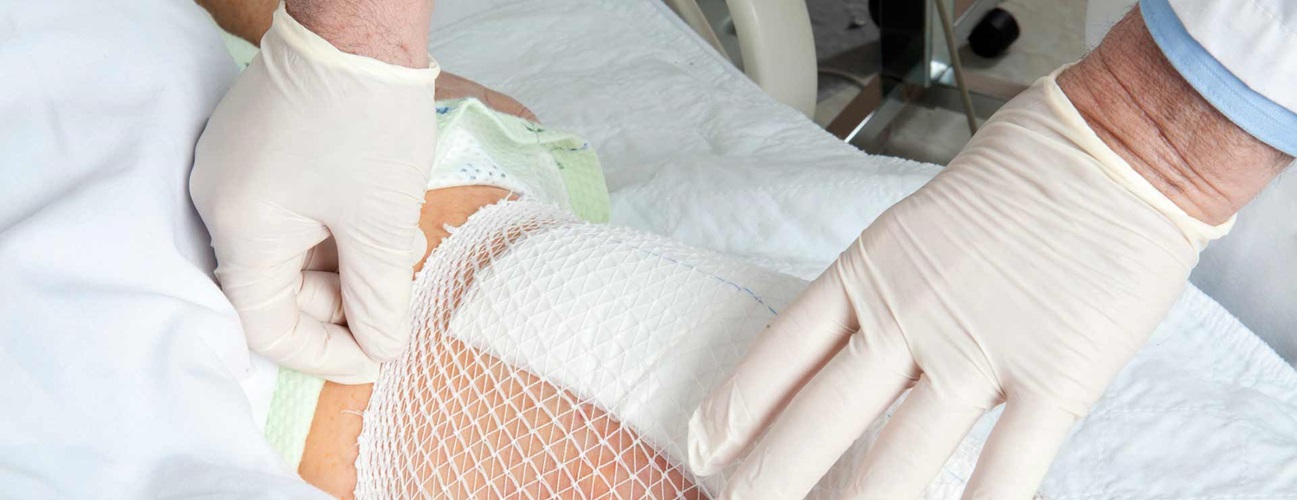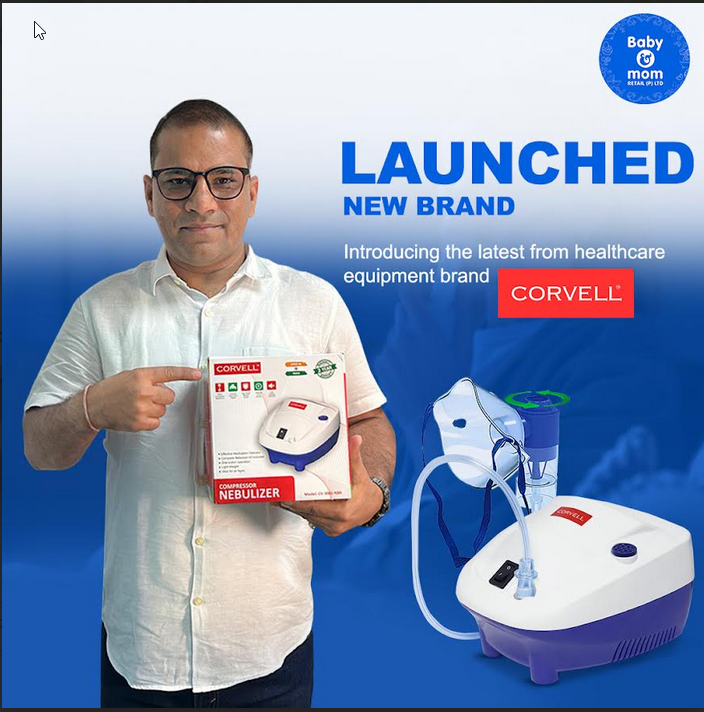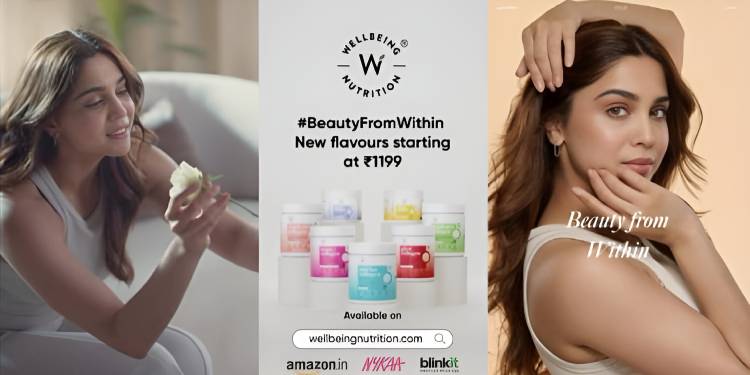Surgical Site Infections (SSIs) remain one of the most pressing challenges in healthcare, particularly in low- and middle-income countries like India. Despite advances in medical technology and surgical procedures, an alarming study by the Indian Council of Medical Research (ICMR) has revealed that SSIs in some of India’s top hospitals surpass rates observed in many high-income nations. This critical issue highlights the need for improved infection control measures and robust post-discharge surveillance systems.
Let's dive into the findings of the ICMR study explore risk factors contributing to SSIs, and suggest strategies to mitigate their impact on healthcare systems and patient outcomes.
SSIs are infections that occur in the part of the body where a surgical procedure has been performed. These infections can develop either at the incision site or in deeper tissues and organs, posing severe complications for patients. While SSIs are a known challenge globally, their prevalence is significantly higher in resource-constrained settings due to inadequate infection control practices and limited surveillance.
The recent ICMR study analysed 3,020 patients across three prominent Indian hospitals:
• Jai Prakash Narayan Apex Trauma Centre (JPNATC)
• Kasturba Hospital, Manipal (KMC)
• Tata Memorial Hospital, Mumbai (TMH)
The study aimed to estimate the proportion of SSIs during hospital stays and after discharge. It identified 161 cases of SSIs, accounting for a 5.2% infection rate. While this figure might seem moderate, it is higher than the SSI rates reported in many high-income countries, which typically range from 1.2% to 5.2%.
Comparing data within India, the study found the infection rate to be lower than Gujarat’s 8.95% but higher than Dehradun’s 5%. Internationally, India’s SSI rates were below those of countries like Iran (17.4%) and Egypt (17%) but exceeded rates in Pakistan (7.3%).
Key Findings: What the Data Revealed
1. Impact of Surgery Type: Among the various procedures, debridement surgeries had the highest SSI rate of 54.2%. This included surgeries involving amputation, open reduction internal fixation (ORIF), and closed reduction internal fixation (CRIF).
2. Duration of Surgery: Surgeries lasting over 120 minutes were significantly associated with an increased risk of SSIs. Longer procedures often expose patients to more opportunities for bacterial contamination.
3. Wound Classes and Cleanliness: Clean or contaminated wound classes played a crucial role in determining infection risk. Inadequate sterilization and improper wound care often exacerbated the problem.
4. Combination Surgeries: Patients undergoing multiple procedures during a single operation had a higher likelihood of developing SSIs, further emphasizing the need for precise infection control during complex surgeries.
5. Post-discharge surveillance: Remarkably, 66% of SSI cases were detected after patients had been discharged from the hospital. This finding highlights the importance of extending surveillance beyond hospital stays to capture the full extent of SSIs.
6. Longer Hospital Stays: Patients who developed SSIs experienced prolonged hospital stays, leading to increased healthcare costs and delayed recovery.
India’s healthcare system, particularly in rural and semi-urban areas, often struggles with:
Overburdened Facilities: High patient volumes can overwhelm infection control protocols.
Inadequate Training: Healthcare workers may lack comprehensive training in aseptic techniques.
Resource Constraints: Limited access to sterilization equipment and antimicrobial supplies hampers effective infection prevention.
Absence of Post-Discharge Monitoring: Unlike in high-income countries, systematic post-discharge SSI surveillance is rarely implemented in India.
SSIs not only jeopardize patient safety but also impose substantial financial and emotional costs. For healthcare systems, treating SSIs means increased use of antibiotics, longer hospital stays, and higher overall expenditures. For patients and their families, it translates to lost income, psychological distress, and a prolonged recovery journey.
The ICMR study is a groundbreaking effort in India’s healthcare landscape. By monitoring patients for six months post-surgery, it has provided valuable insights into the prevalence and risk factors of SSIs. However, the findings also highlight glaring gaps in infection control and surveillance practices that need urgent attention.
Strategies to Reduce SSI Rates in India
1. Strengthen Infection Control Practices
• Implement rigorous sterilization protocols in operating rooms.
• Train healthcare workers on aseptic techniques.
• Regularly audit compliance with infection prevention guidelines.
2. Introduce Comprehensive Surveillance Systems
• Establish national-level SSI monitoring programs to track infections during and after hospital stays.
• Leverage digital tools to automate data collection and analysis.
3. Enhance Post-Discharge Care
• Develop protocols for follow-up visits or teleconsultations to identify and treat SSIs early.
• Educate patients about warning signs and proper wound care.
4. Optimize Surgical Procedures
• Minimize operation times wherever feasible.
• Avoid combining multiple surgeries unless necessary.
5. Improve Patient Awareness
• Conduct awareness campaigns to educate patients on the importance of hygiene and timely reporting of symptoms.
• Provide clear instructions for post-surgical care to reduce the risk of infection.
Adopting innovative healthcare technologies can play a pivotal role in combating SSIs:
AI and Machine Learning: Predictive models can help identify high-risk patients and tailor preventive measures accordingly.
Telemedicine Platforms: Enable post-discharge monitoring and consultation, especially for patients in remote areas.
Digital Surveillance Tools: Facilitate real-time tracking and reporting of infections across hospitals.
The findings of the ICMR study are a wake-up call for India’s healthcare system. While SSIs may not always make headlines, their impact on patient outcomes and healthcare costs cannot be overstated. By addressing the root causes and implementing evidence-based solutions, India can significantly reduce SSI rates and improve surgical outcomes.
For policymakers, this is an opportunity to prioritize infection control as a critical component of healthcare delivery. For hospitals and healthcare providers, it is a chance to revisit and reinforce their infection prevention strategies. And for patients, it serves as a reminder of the importance of hygiene and vigilance during the recovery process.
Together, these efforts can ensure that surgeries in India are not just life-saving but also safe, helping to restore trust in the nation’s healthcare system. Let the lessons from this study lead the way for a future where SSIs are a rarity rather than a routine challenge

 By addressing the root causes and implementing evidence-based solutions, India can significantly reduce SSI rates and improve surgical outcomes.
By addressing the root causes and implementing evidence-based solutions, India can significantly reduce SSI rates and improve surgical outcomes.





.jpeg)
.jpeg)
.jpeg)
.jpeg)

.jpeg)
.jpeg)
.jpeg)
.jpeg)
.jpeg)





.jpeg)








.jpg)


.jpeg)